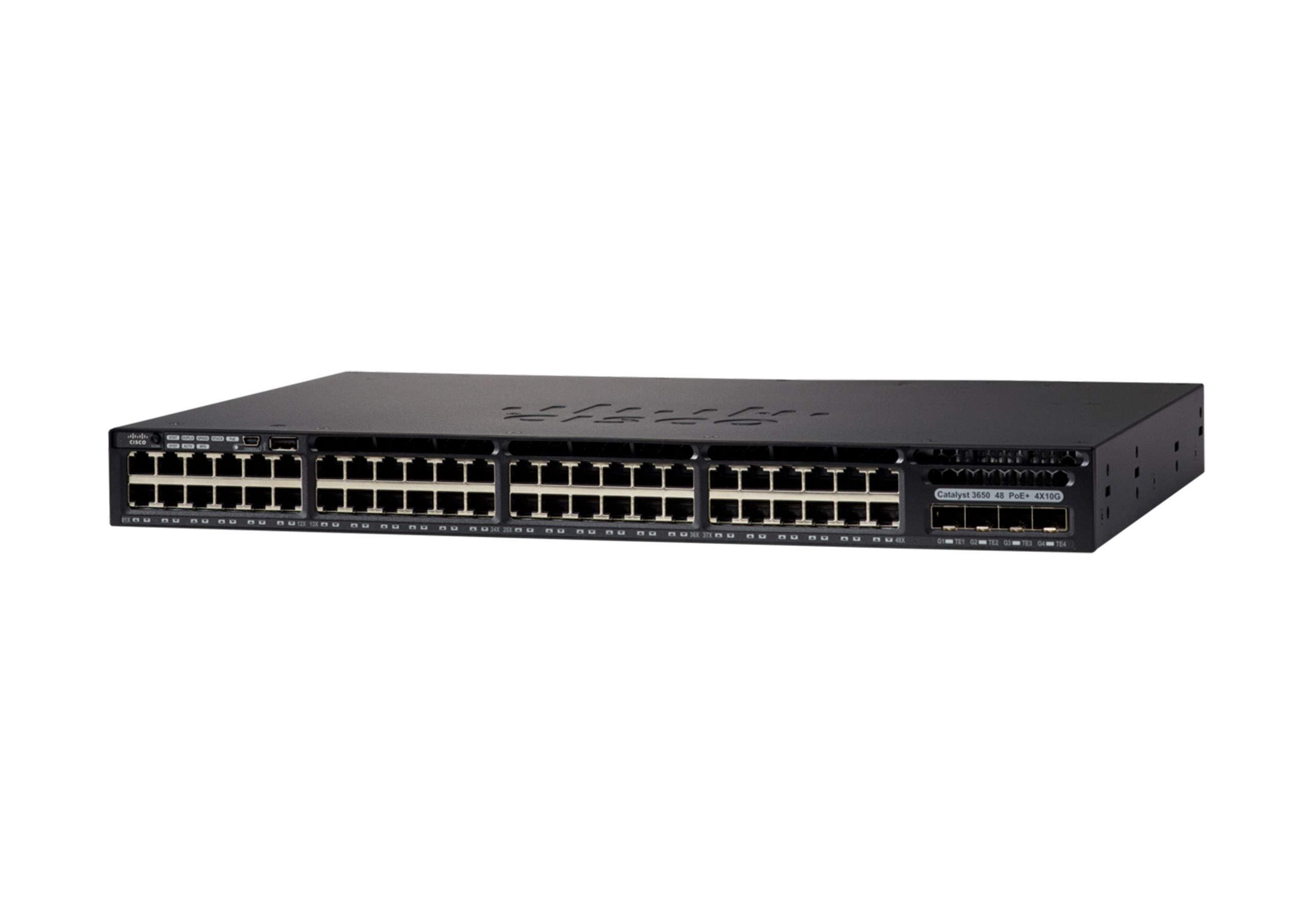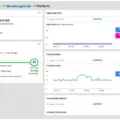Cisco Catalyst is a powerful network switch line from Cisco Systems, designed to offer reliable and secure connectivity for your business. The Catalyst switches are available in both fixed-configuration and modular models, offering features such as advanced security, IP communications, wireless networking, and scalable management.
The Cisco Catalyst 2960 Series is a family of fixed-configuration standalone switches that provide Fast Ethernet and Gigabit Ethernet connectivity for your business. These switches are equipped with enhanced switching services, including advanced security features such as Access Control Lists (ACLs) and Quality of Service (QoS). They also support IP communications with Voice over IP (VoIP) applications and video surveillance capabilities.
The Catalyst 1000 family is designed for smaller businesses or branch offices. The 1000 series provides Layer 2 switching capabilities at an affordable price point. These switches offer basic security features such as port authentication, SSH/SSL encryption, ACLs, and QoS. They also provide multiple gigabit uplinks and PoE+ power options to support VoIP phones and other PoE-enabled devices.
Overall, the Cisco Catalyst series is an excellent choice for businesses that need reliable network connectivity but don’t require the advanced features of the Nexus line. The Catalyst switches offer advanced customization options along with powerful manageability features such as SNMP monitoring and HTTP server support. Furthermore, the 2960 Series can easily be deployed in small networks while the 1000 series provides value for money in small business environments.
The Function of a Cisco Catalyst
Cisco Catalyst switches provide a powerful and customizable solution for enterprise networks. They are designed to provide secure, reliable connectivity, as well as advanced customization and manageability. The switches can be configured using a serial console, telnet, or Secure Shell protocol. Simple Network Management Protocol (SNMP) allows network administrators to monitor many aspects of the switch’s performance, including traffic flow metrics. Additionally, some models of Cisco Catalyst switches can run an HTTP server, allowing for further control and configuration options.

Source: amazon.com
Differences Between a Switch and a Catalyst Switch
The primary difference between a switch and a Catalyst switch is the type of technology used. A switch is a basic networking device that connects different devices on a physical layer, allowing them to communicate with each other. On the other hand, a Catalyst switch is an advanced networking device that uses Cisco’s proprietary switching technology. It allows more control over the throughput traffic and is often used to provide advanced services such as Quality of Service (QoS).
A Catalyst switch can be used to create virtual LANs (VLANs), which can be configured to function independently from each other in order to provide better security and efficiency. It also provides layer-2 switching capabilities, meaning it can send data packets between different switches in the network. Additionally, Catalyst switches use intelligent algorithms to route data more efficiently, providing improved performance compared to standard switches.
In conclusion, while both switches allow for communication between devices on a physical layer, Catalyst switches offer additional features and benefits that make them ideal for enterprise networks. They are more reliable, secure, and powerful than standard switches and can be used for complex networking tasks.
The Functions of Cisco Catalyst 2960
The Cisco Catalyst 2960 Series is a powerful and reliable family of fixed-configuration, standalone Ethernet switches that are designed to provide fast and secure connectivity for small to large networks. They offer a wide range of features, such as enhanced switching services, advanced security, IP communications, wireless networking, and scalable management. These switches provide Fast Ethernet and Gigabit Ethernet connectivity, enabling users to easily connect devices such as computers, servers, printers, VoIP phones, storage devices, and more. Additionally, the Catalyst 2960 series supports several industry-standard protocols and technologies such as Power over Ethernet (PoE), Quality of Service (QoS), Multi-Protocol Label Switching (MPLS), Access Control Lists (ACLs), sFlow monitoring, and more. With these robust features at your disposal, you can easily build secure networks with limited effort.
Is the Cisco Catalyst 1000 a Layer 3 Switch?
No, the Cisco Catalyst 1000 is not a Layer 3 switch. It is a Layer 2 switch specifically designed for small businesses and branch offices. The Cisco Catalyst 1000 provides easy-to-deploy Gigabit Ethernet switching with Power over Ethernet (PoE) plus basic network security features like IEEE 802.1x authentication, Dynamic Host Configuration Protocol (DHCP) snooping, and Access Control Lists (ACLs). This makes it suitable for environments in which access control and security are important. Layer 3 switching, however, is beyond the scope of the Catalyst 1000’s feature set.
Is the Cisco Catalyst 2960 a Layer 3 Switch?
No, the Cisco Catalyst 2960 is not a Layer 3 switch. It is a Layer 2 switch, which means it operates at the Data Link layer of the OSI model and only provides switches functionalities such as VLANs, Port Mirroring, and Spanning Tree Protocol (STP). A Layer 3 switch, on the other hand, can provide switching and routing functionalities such as IP routing, access control lists (ACLs), and Quality of Service (QoS). If you need Layer 3 switching capabilities then you may want to look into the Cisco Catalyst 3560 which supports both L2 and L3 features.
Difference Between Cisco Nexus and Catalyst Switches
The main difference between Cisco Nexus and Catalyst switches is that Nexus series switches are designed primarily for data centers, while Catalyst switches are designed for the distribution/core layers in campus networks. Additionally, Nexus series switches offer more features than the Catalyst switches; they can support Ethernet, Fiber Channel, and FCOE all in the same chassis, whereas Catalyst switches only support Ethernet. As such, Cisco Nexus switches are better suited for larger networks and data centers that require a wide range of features and higher performance.
Types of Cisco Switches
Cisco offers two types of network switches: fixed configuration and modular. Fixed configuration switches are designed to be limited in terms of customization and scalability, while modular switches are designed to be more flexible and can be customized according to specific needs. Both types of Cisco switches provide secure, reliable, high-performance connections for data centers, LANs, and other networks.
Conclusion
In conclusion, Catalyst Cisco switches offer an array of advanced features and capabilities that make them a reliable and popular choice for businesses. With their cutting-edge manageability and customization options, they provide superior control over throughput traffic and support enhanced services, robust security measures, wireless networking, IP communications, and scalable management. The Cisco Catalyst 2960 Series is an ideal solution for small businesses and branch offices looking to maximize their network performance while the Catalyst 1000 are excellent enterprise-class Layer 2 switch. All in all, using Catalyst Cisco switches ensures maximum reliability and optimal performance for any business.








